COSHH covers substances that are hazardous to health. The reason we need to be aware of them specifically in the workplace is that you can often be exposed to them for longer periods of time at work than you would away from work and to substances not seen outside of the workplace.
Some of the substances you may get exposed to in the workplace are chemicals, fumes, dust, vapours, and some biological agents (germs) along with many more.
What lung problems can occur?
Types of diseases that can occur are:
- COPD (Chronic obstructive pulmonary disease)
COPD is the name for a group of lung conditions where it’s difficult to breathe air out of the lungs. COPD is a common condition that mainly affects middle-aged or older adults who smoke or have smoked. Jobs where people are exposed to dust fumes and chemicals also increase the risk of COPD, as well as having chest trouble or asthma in childhood.
- Occupational Asthma – Asthma affects the airways in your lungs and can cause symptoms like coughing, wheezing, and breathlessness. It is a type of asthma caused by certain substances like those listed above. Assessment and monitoring in the workplace will determine if it has been caused by work.
- Lung cancer – Anyone can develop lung cancer, but around 85% of cases occur in smokers. Environmental factors such as exposure to substances at work can be a factor.
- Asbestos-related lung disease – there are four main types of lung conditions related to asbestos exposure:
Non-malignant pleural disease, Asbestosis, Asbestos-related lung cancer, and Mesothelioma.
- Pneumoconiosis – is a group of lung diseases caused by inhaled dust. Their symptoms include inflammation, coughing, and fibrosis (thickening and scarring of the lungs). Long-term occupational exposure can cause fibrosis or scarring which can cause severe shortness of breath.
- Silicosis – is a long-term lung disease caused by inhaling large amounts of crystalline silica dust over many years. It causes inflammation of the lungs and can lead to fibrosis.
- Infectious diseases
What causes occupational lung disease?
Long-term exposure to hazardous, toxic, or irritating particles or gases. Manual jobs are associated with the highest risk for COPD.
How can they be prevented?
Employers are required to carry out a risk assessment if you are working with substances that come under COSHH. They are required to control the exposure by using equipment such as local extraction systems, and controlling procedures such as training, and supervising the use of substances. It is the worker’s responsibility to comply with health and safety precautions and control measures in the workplace such as wearing PPE. It also includes reporting any defects in equipment and practices.
Checking lung health in the workplace
Employers are required to set up health surveillance programmes to monitor that the control measures above are working and that employees’ lungs are not being damaged. It is the responsibility of the employee to attend those appointments and to comply with any ongoing monitoring. This should happen every year.
If an employer or employee notices a change within the year this should be looked at straight away.
It is hard to believe in 2022 that there are still occupational lung conditions being diagnosed.




